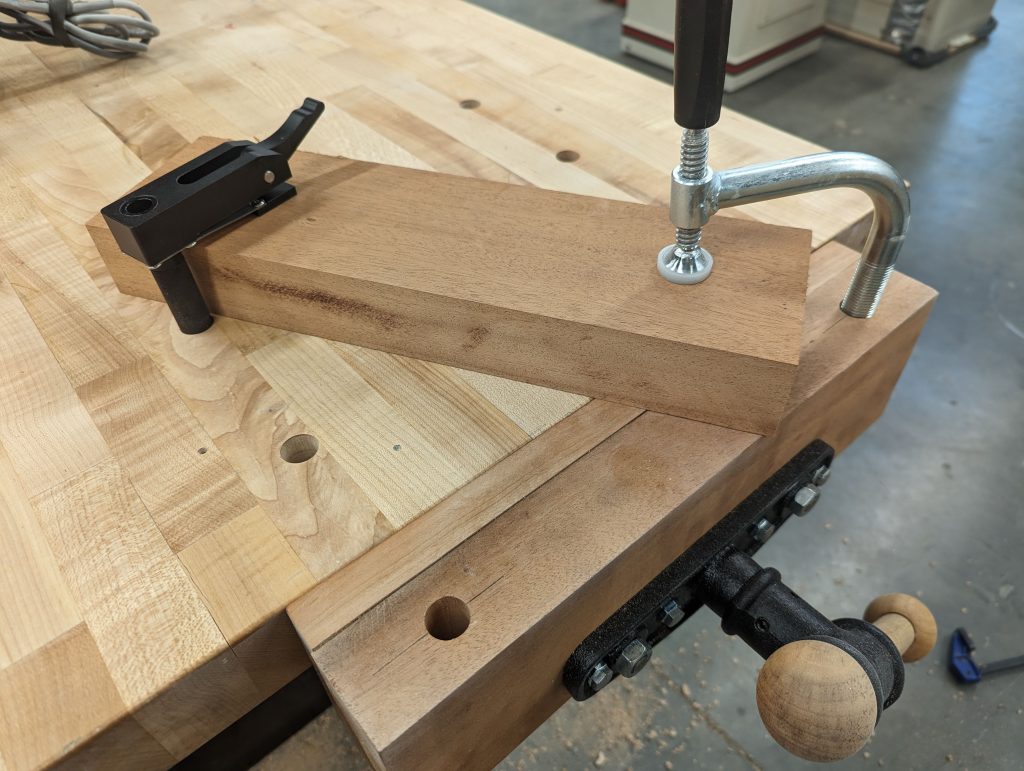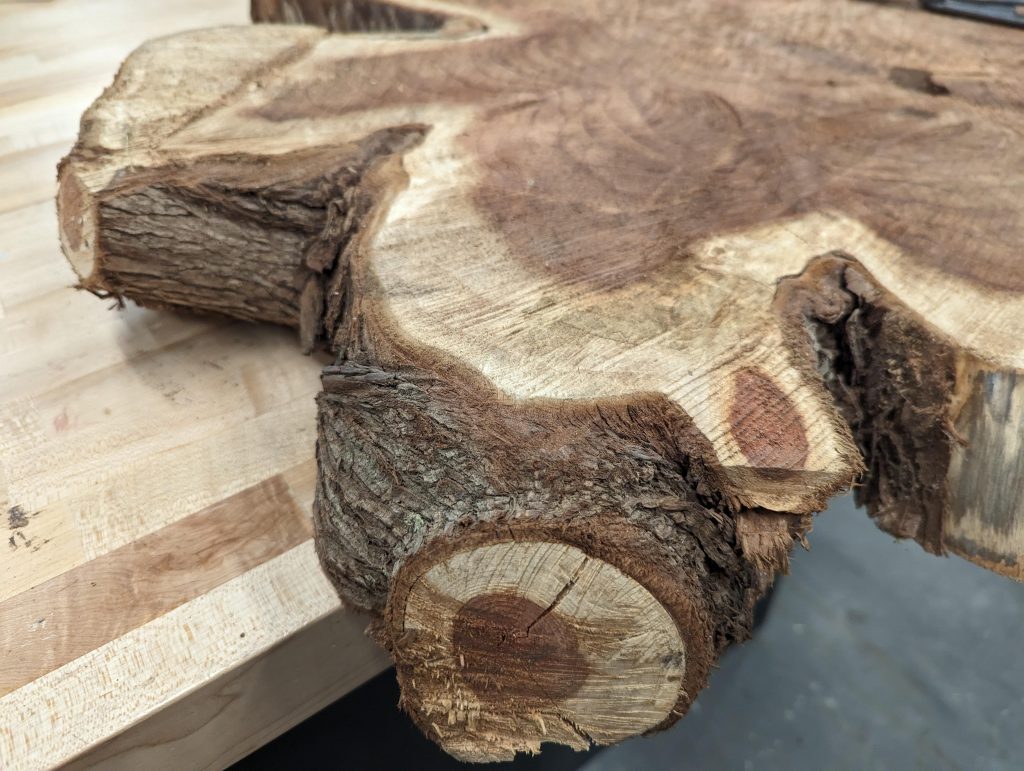Even in a post-space-age world of material technology that brings us high-performing, high-strength and even often “sustainable” substances with which to fabricate, wood remains the north star in the cosmos of making things. Why?

There is an industry answer: that our tools and “woodshops” have evolved around equipment optimized for working with wood, since it is a historically-available material and continued to be so through and after the Industrial Revolution. Our cities and homes are (often) made from wood.
There is a practical answer: wood continues to be a highly-available and relatively inexpensive material, in terms of consumer cost–and increasingly (and sometimes controversially), in terms of embodied energy costs. There are construction industries springing up around the engineering and use of “renewable” timber in high-rise and large-scale building and architecture.
There is a romantic answer: wood is an alive material and sparks a real joy and affection for its beauty, its “feel,” and from our entanglement with its life cycle. It lives in our most adored natural environments and in our most cherished chairs and tables and cabins. Working with wood might even allow us to resist the plastic-ification of our current crisis-filled future and return to something… simpler, realer? Maybe.

These things are all partly true, and partly mythologized. From my woodshop-manager perspective, wood is simply the material that best embodies something of all the qualities we want in a material. It is strong, but workable. It is durable, but carvable. It is rigid, but not quite dimensionally stable. Even in a world of metals and composites and carbon fibers, wood remains the Goldilocks of materials for making.
What I really think makes wood so important to a Makerspace is the risk it introduces to making–not a personal or safety risk, but a risk of planning and outcomes. Wood is reliable but not entirely predictable, and requires one to be flexible, adaptable, and improvisational in working and making, regardless of the level of precision required. These factors are not problems or constraints; in fact, they are precisely what makes making fun!




